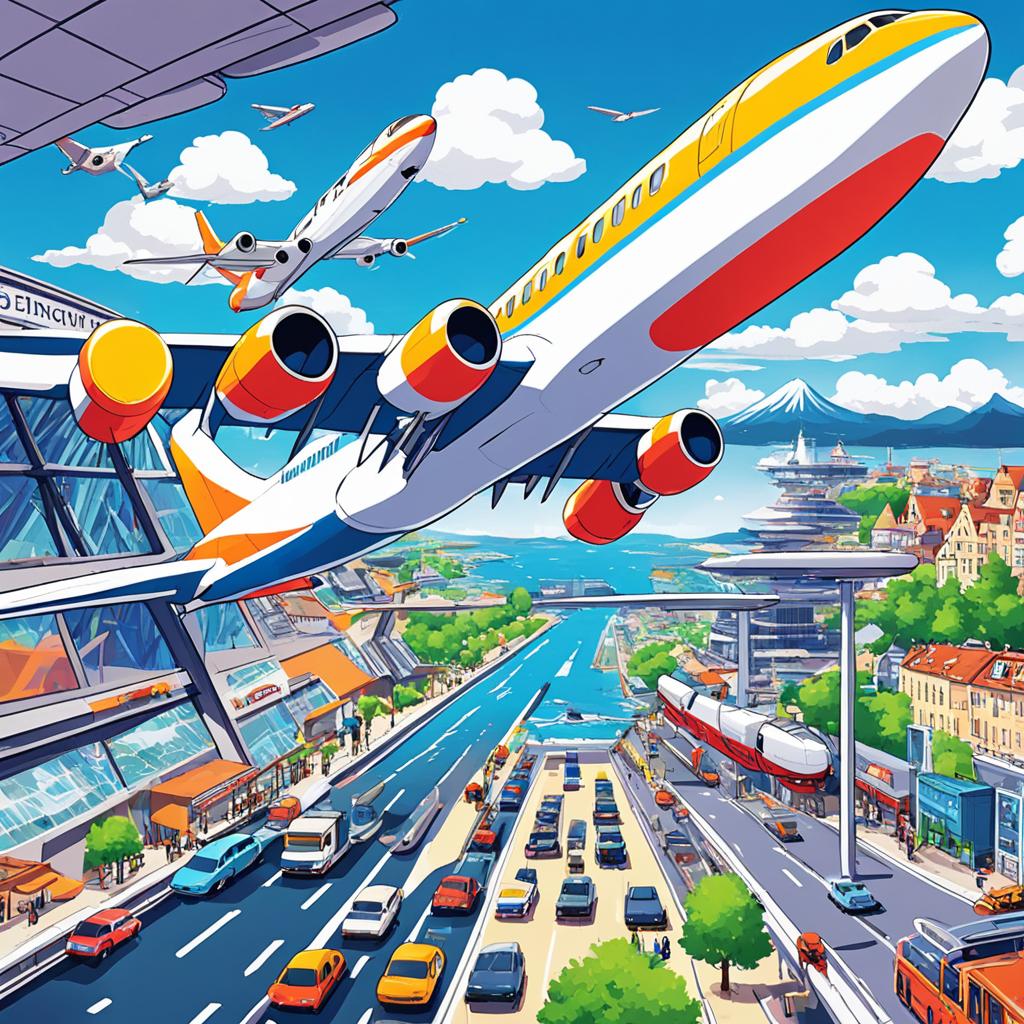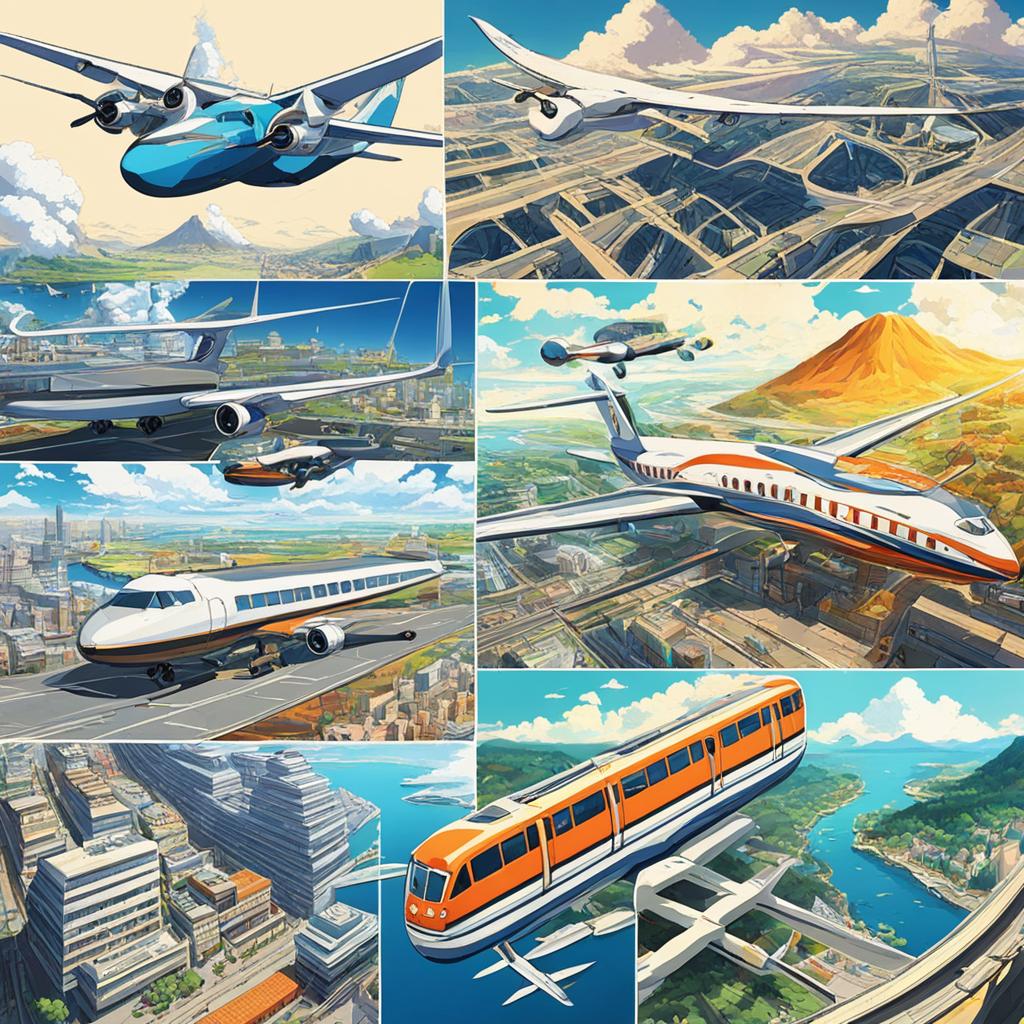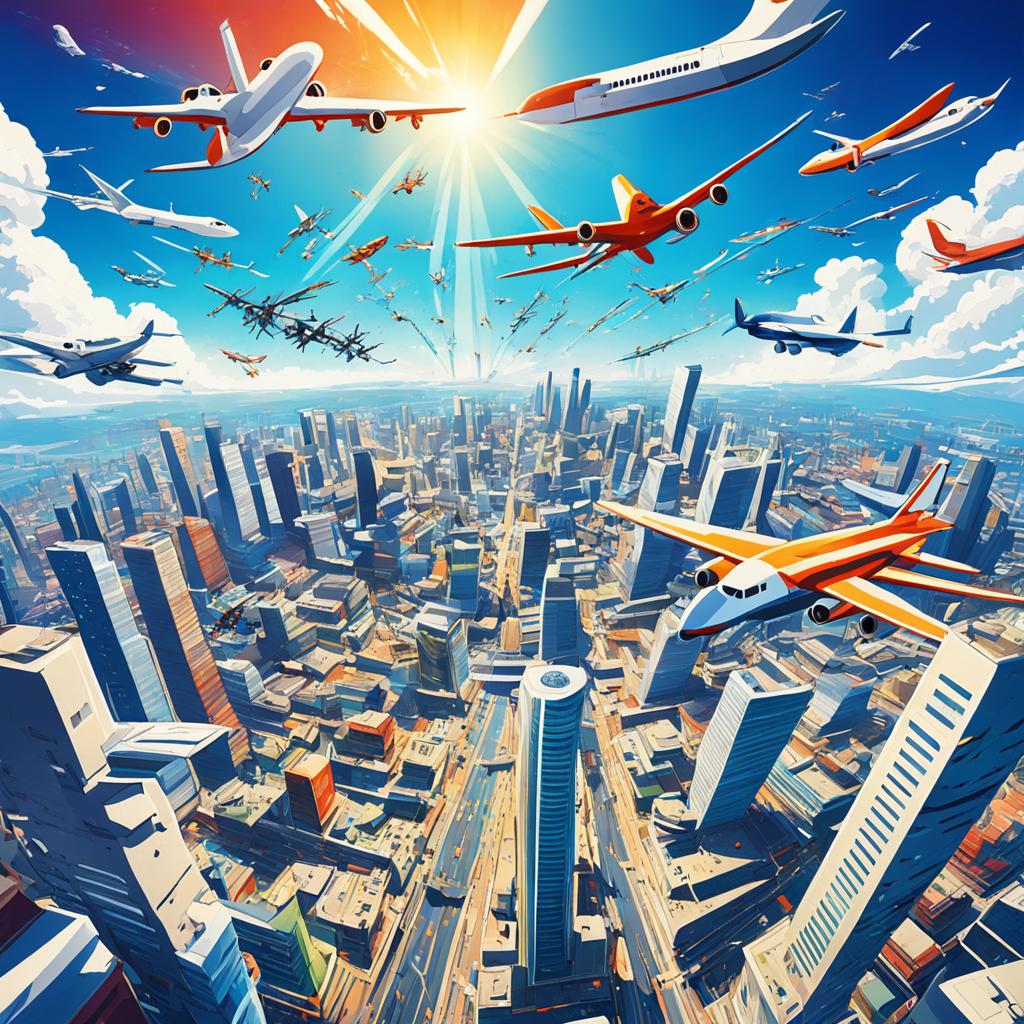The invention of the airplane was a monumental achievement that transformed society in ways that were unimaginable before. It revolutionized travel, commerce, and even warfare. But how exactly did this invention shape the course of human history? Let’s explore the remarkable impact of the invention of the airplane on society.
The Advent of Human Flight
Before the invention of the airplane, human flight was limited to balloons. However, with the advent of the airplane, a whole new way of seeing and experiencing the world with speed and control was introduced. The Wright Brothers, with their first public flights in 1908, captured the imagination of people around the world and proved that flying was not just a dream, but a reality. Their flights in France and Virginia exceeded anything that had come before, leading to widespread recognition and excitement.
| Year | Event |
|---|---|
| 1903 | Wright Brothers successfully fly the first powered airplane |
| 1908 | Wright Brothers’ first public flights in France and Virginia |
| 1919 | Alcock and Brown make the first non-stop transatlantic flight |
| 1927 | Charles Lindbergh completes the first solo transatlantic flight |
The Wright Brothers’ breakthrough in aviation marked the beginning of a new era. Their public flights not only demonstrated the possibility of sustained and controlled flight but also sparked a wave of innovation and progress in the aviation industry.
The Impact on Transportation and Commerce

The invention of the airplane had a significant impact on transportation and commerce. Initially used for mail transportation, airplanes quickly evolved to carry passengers and goods over long distances in a fraction of the time it took by other means of transportation like steamboats and trains. This revolutionized the way goods were transported and delivered, and had a profound effect on trade markets.
With the advent of air travel, businesses were able to transport their products more efficiently and reach global markets faster. This led to increased trade opportunities and the growth of international commerce. Air transportation also played a crucial role in developing new industries, such as the fast delivery of perishable goods and time-sensitive products.
Furthermore, the availability of air travel opened up new hiring opportunities in the aviation industry. From pilots to ground staff, airports, and maintenance crews, the demand for skilled professionals increased, creating jobs and stimulating economic growth.
| Type of Impact | Examples |
|---|---|
| Trade Markets | Air transportation allowed for faster delivery of goods, expanding trade markets and enabling companies to reach customers in different countries. |
| Global Commerce | Businesses could now transport their products to international markets quickly, enabling growth and tapping into new customer bases. |
| Hiring Opportunities | The aviation industry created jobs for pilots, ground staff, maintenance crews, and other professionals, stimulating local economies. |
Overall, the invention of the airplane had a profound impact on transportation and commerce, facilitating faster delivery of goods, expanding trade markets, and creating new job opportunities. It revolutionized the way people and goods were moved around the world, shaping modern society and contributing to a globalized economy.
The Cultural Significance and Societal Implications

The impact of the airplane on society goes beyond just transportation and commerce. It had a profound cultural significance, capturing the imagination of people and inspiring artistic expression. The ability to see the world from above, experience enhanced vision, and have a sense of power and detachment from the humdrum of everyday life appealed to many. Airplanes became a symbol of progress, adventure, and freedom, forever changing the way people saw their place in the world.
| Key Elements | Explanation |
|---|---|
| Captivating the Imagination | The invention of the airplane sparked the imaginations of people worldwide, offering a glimpse into the possibilities of human achievement. |
| Inspiring Artistic Expression | Artists found inspiration in the freedom and novelty that airplanes brought forth, resulting in various forms of creative expression, including paintings, sculptures, and literature. |
| Symbol of Progress | The airplane became a symbol of technological progress and innovation, representing humanity’s ability to conquer the skies and push boundaries. |
| Sense of Adventure | Traveling by airplane opened up opportunities for exciting adventures and exploration, igniting a sense of wanderlust and craving for new experiences. |
| Change in Perspective | The aerial view provided by airplanes offered a different perspective on the world, encouraging people to rethink their place in society and their connection to the earth. |
Environmental and Safety Considerations
While the invention of the airplane has brought remarkable advancements and benefits to society, it is crucial to address the environmental and safety considerations associated with this groundbreaking technology. One significant concern is the environmental impact of airplane emissions, which contribute to climate change and have long-lasting effects on our planet. These emissions include carbon dioxide, nitrogen oxides, and soot particles that are released into the atmosphere during flights. As air travel continues to grow, it becomes imperative to find innovative solutions to reduce these emissions and mitigate their impact on the environment.
In addition to environmental concerns, safety considerations play a vital role in the operation of airplanes. To ensure the well-being of passengers and communities, rigorous safety measures have been implemented. Airports adhere to strict regulations, and control towers provide guidance and monitoring throughout air travel. Furthermore, advancements in communication systems have enhanced the coordination between pilots, ground staff, and air traffic controllers, further ensuring the safe operation of airplanes.
These environmental and safety considerations underscore the ongoing need for a balanced approach that prioritizes progress and innovation while safeguarding the environment and the welfare of those involved in air travel. It is crucial for the aviation industry to continue investing in research and development to minimize its environmental footprint through more fuel-efficient engines, sustainable aircraft design, and alternative fuels. Equally important is the continuous improvement of safety protocols and infrastructure to maintain the highest standards of passenger and community safety.


